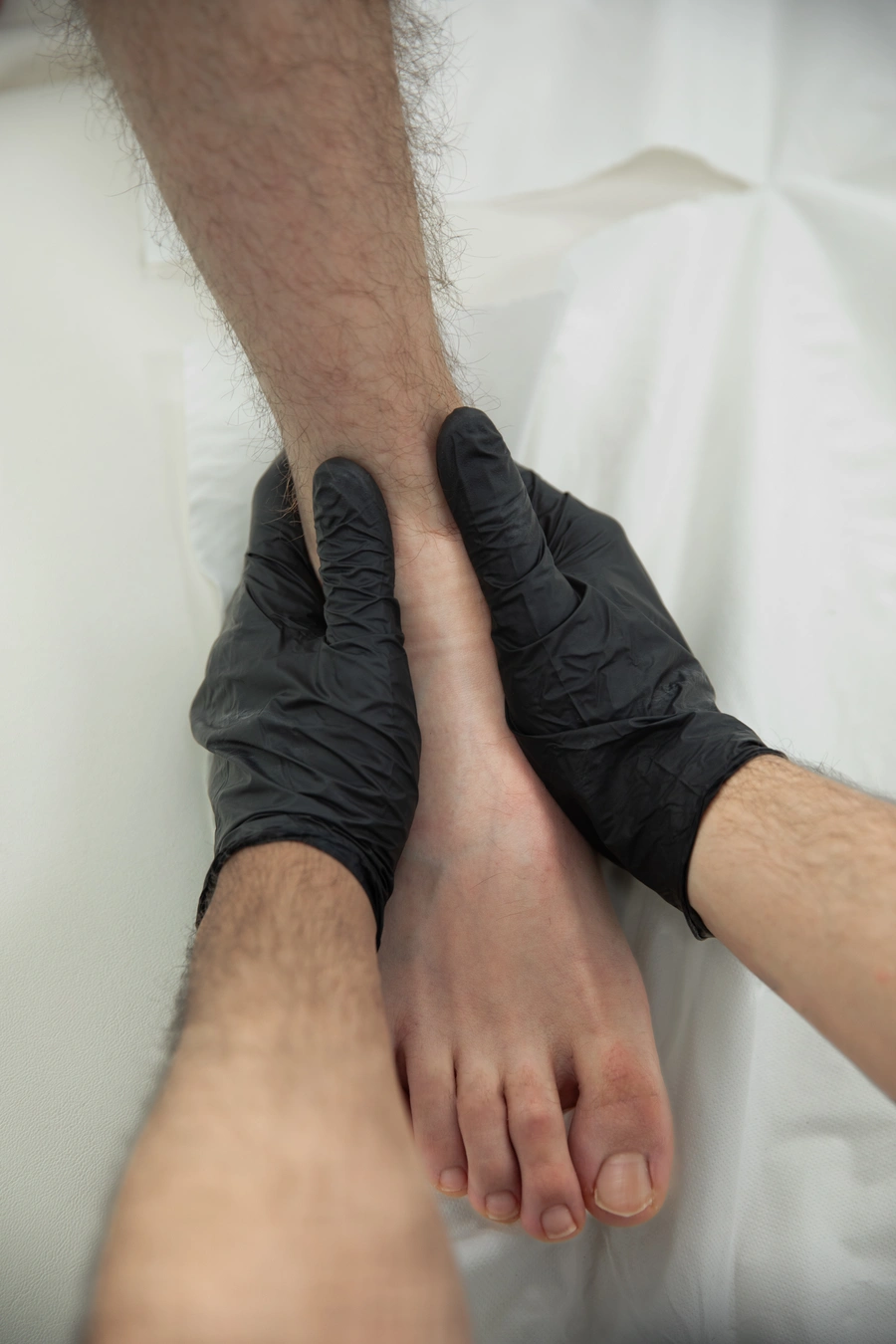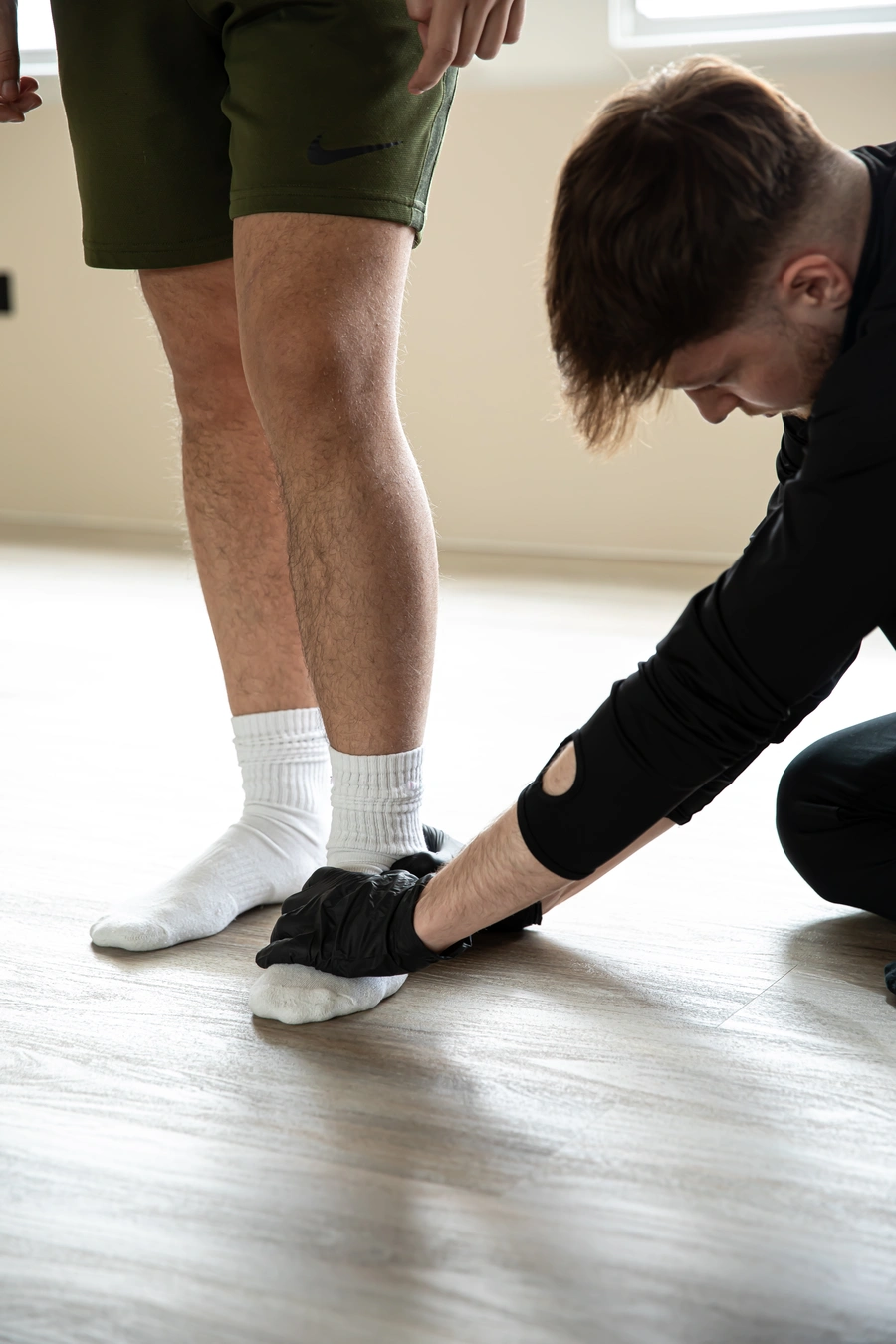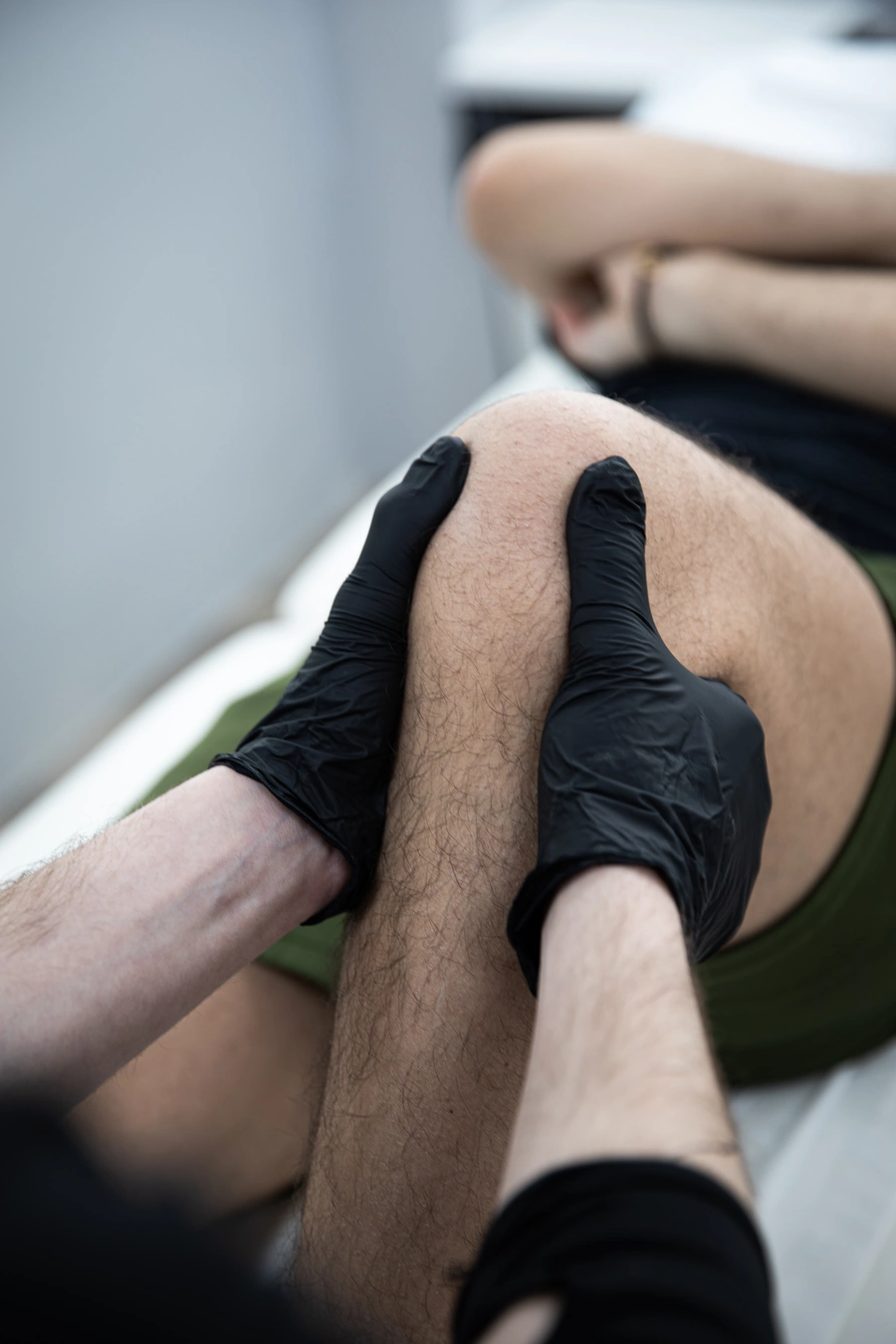Rheumatoid Arthritis

What is Rheumatoid arthritis?
Rheumatoid arthritis (RA) is a chronic autoimmune disorder that primarily affects the joints. In RA, the immune system mistakenly attacks the synovium, the lining of the membranes that surround the joints, leading to inflammation. This inflammation can cause pain, stiffness, swelling, and eventually joint damage and deformity if left untreated.
Patient Pain Symptoms/Presentation
- Joint Pain and Stiffness: Typically, RA causes pain and stiffness in multiple joints, especially in the morning or after periods of inactivity. This stiffness often lasts for more than an hour.
- Swelling and Warmth: Affected joints may appear swollen, tender to the touch, and warm due to inflammation.
- Fatigue: RA often causes overwhelming fatigue, which can interfere with daily activities.
- Symmetrical Symptoms: RA commonly affects joints on both sides of the body symmetrically.
- Joint Deformity: In advanced stages, RA can lead to joint deformities and loss of function.


Diagnostic Tests
- Blood Tests: Blood tests for rheumatoid factor (RF) and anti-cyclic citrullinated peptide (anti-CCP) antibodies can help diagnose RA. Elevated levels of these markers indicate autoimmune activity.
- Imaging Studies: X-rays, ultrasounds, or MRI scans can detect joint damage, inflammation, and other changes associated with RA.
- Physical Examination: A thorough physical examination by a healthcare professional can reveal joint tenderness, swelling, and limited range of motion.
Treatment Methods
- Medications: Nonsteroidal anti-inflammatory drugs (NSAIDs), disease-modifying antirheumatic drugs (DMARDs), biologic agents, and corticosteroids are commonly prescribed to manage pain, inflammation, and slow disease progression.
- Physiotherapy: Physiotherapy plays a crucial role in managing RA by improving joint mobility, strengthening muscles, and enhancing overall function. Exercises tailored to the individual's needs can help maintain joint flexibility and reduce pain.
- Occupational Therapy: Occupational therapists can provide strategies to help patients perform daily activities with less joint strain and pain.
- Lifestyle Modifications: Maintaining a healthy weight, eating a balanced diet, getting regular exercise, and managing stress can help improve overall well-being and reduce RA symptoms.
- Surgery: In severe cases where joint damage is extensive, surgery such as joint replacement may be necessary to restore function and relieve pain.


Advice from a Physiotherapist's Perspective
- Stay Active: Regular exercise, including stretching and strengthening exercises prescribed by a physiotherapist, can help manage pain and maintain joint function.
- Protect Joints: Avoid activities that place excessive stress on the joints, and use assistive devices or adaptive equipment to reduce strain during daily tasks.
- Manage Fatigue: Pace yourself and take regular breaks to conserve energy. Prioritise tasks and delegate when possible.
- Monitor Symptoms: Keep track of RA symptoms and any changes in joint pain, stiffness, or swelling. This information can help guide treatment decisions.
- Seek Support: Joining a support group or seeking counselling can provide emotional support and practical advice for coping with the challenges of living with RA.
- Follow Treatment Plan: Adhere to medication regimens prescribed by healthcare providers and attend regular follow-up appointments to monitor disease progression and adjust treatment as needed.




